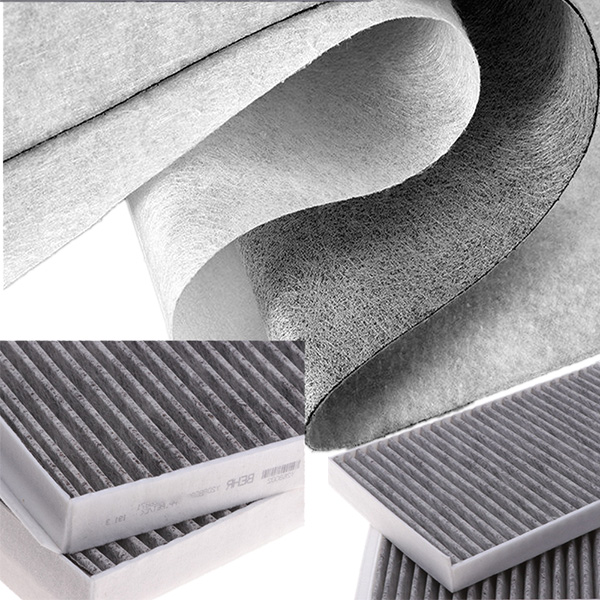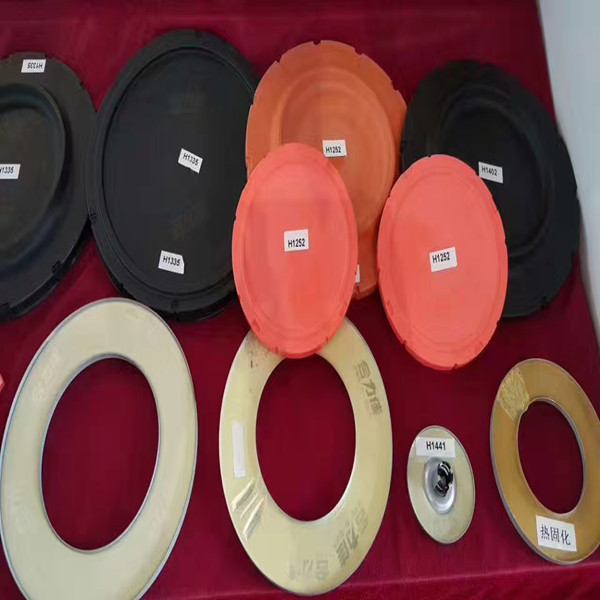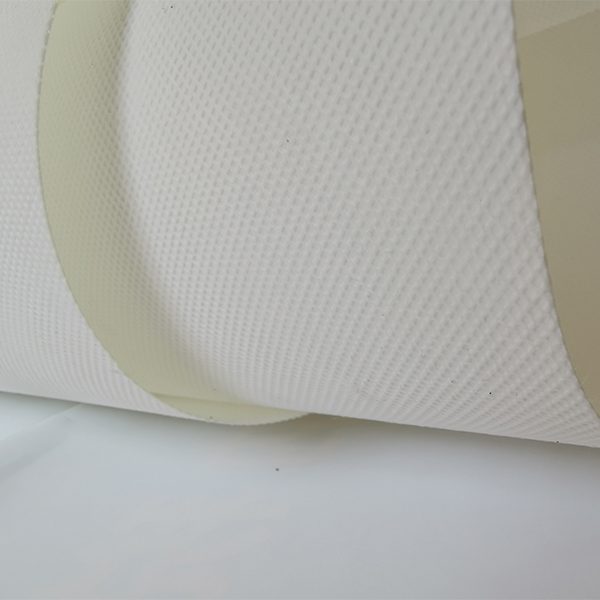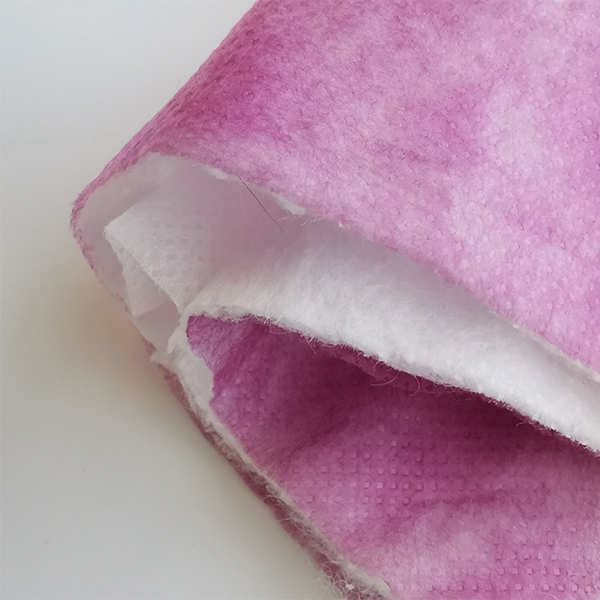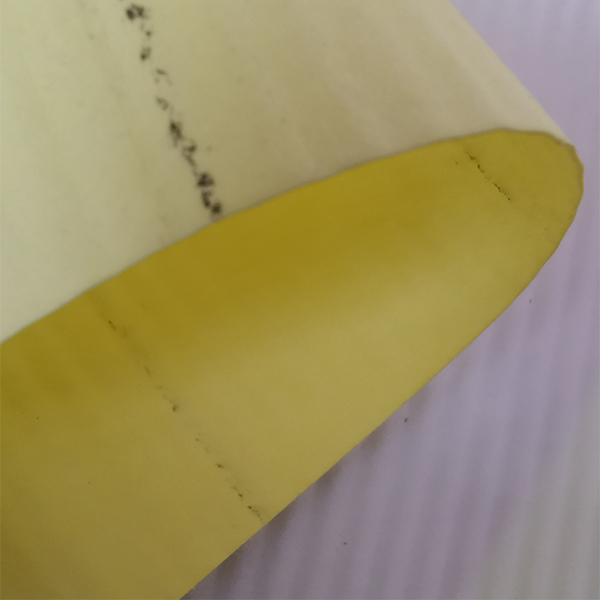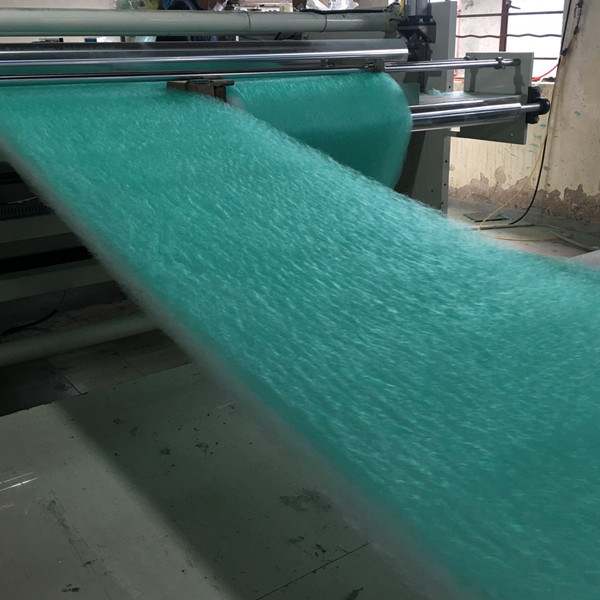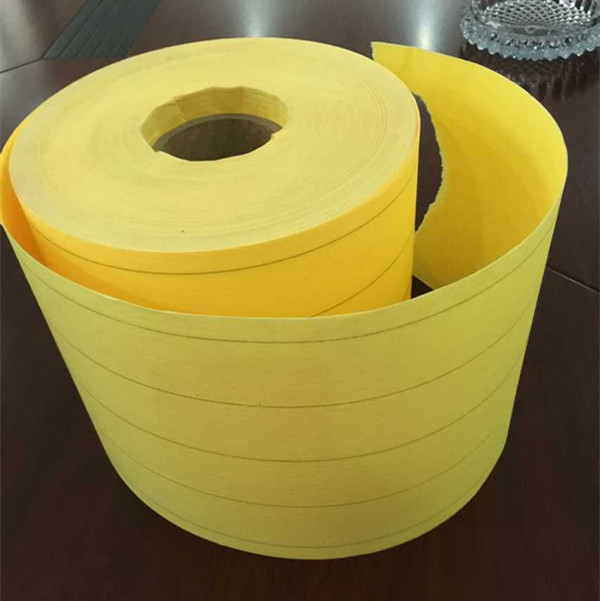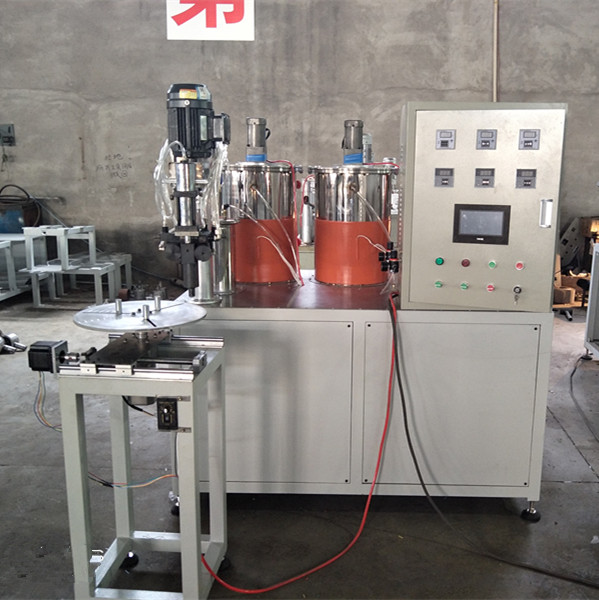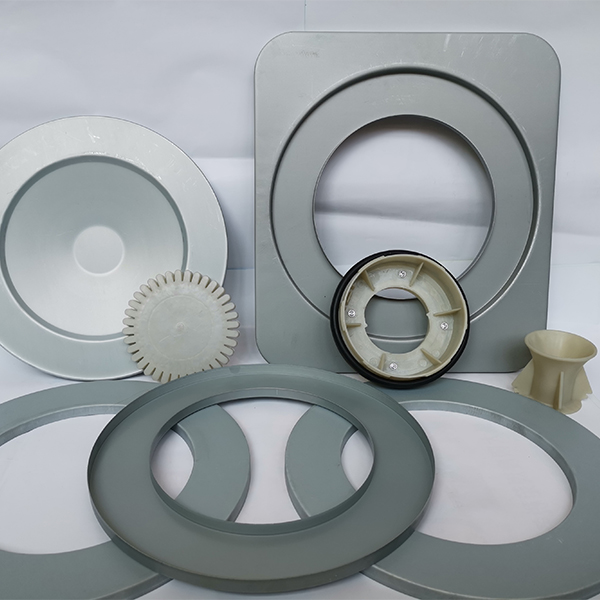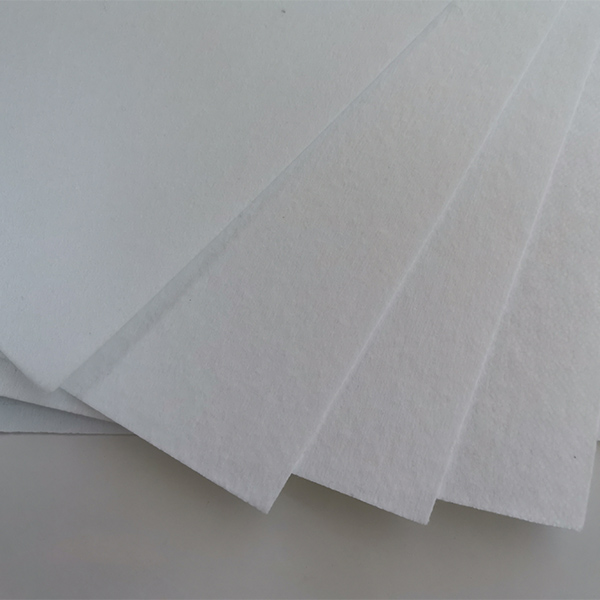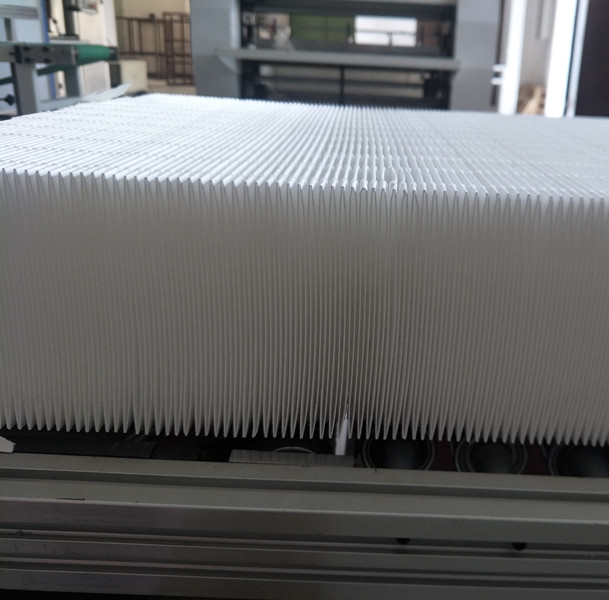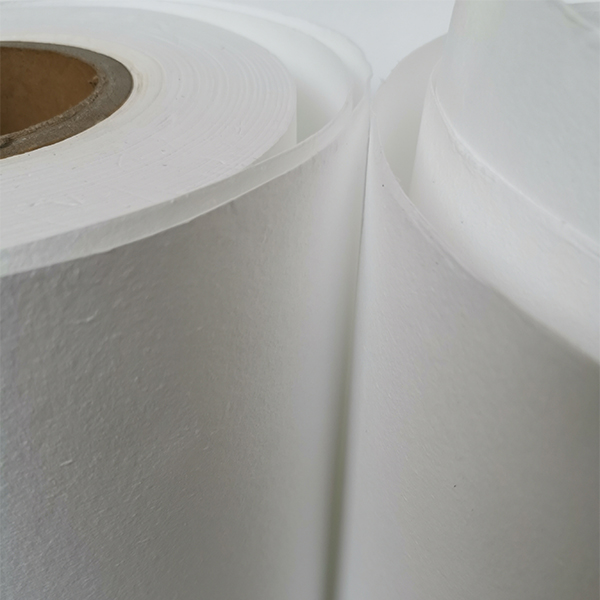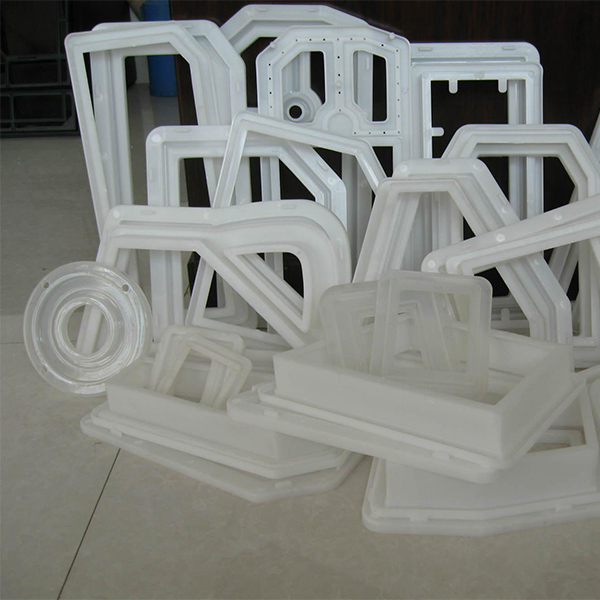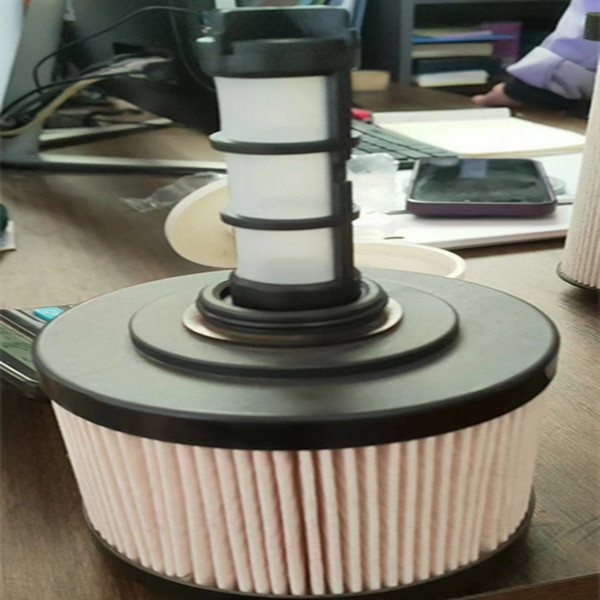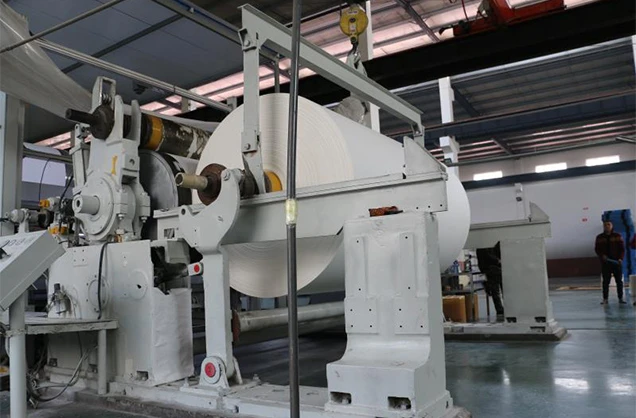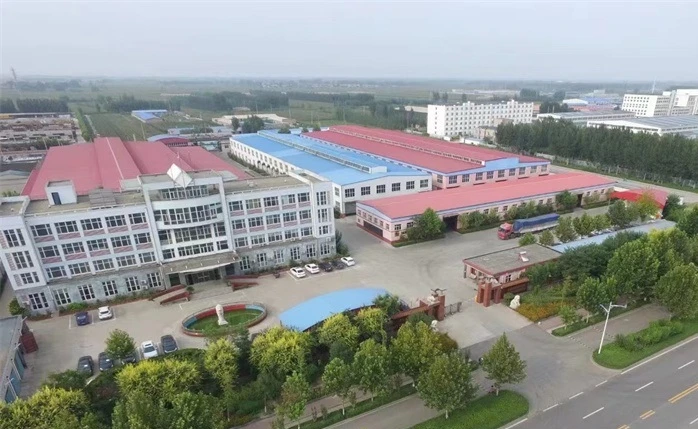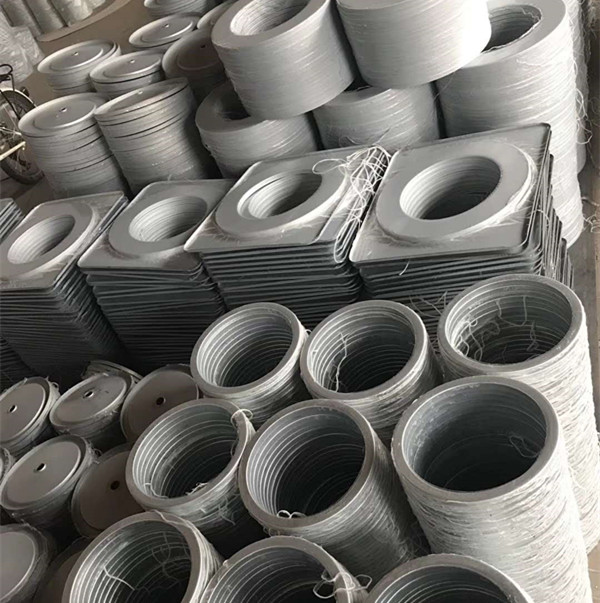In the era of deadly airborne viruses, air purification equipment has now shown various shapes and sizes. At last month’s Consumer Electronics Show CES, the company introduced a new portable air filter device for your bedside, cup holder, table top, meeting room, and even hanging around your neck. Although each of these devices can purify the air, the problem is that none of them can ventilate. Science increasingly shows that if you are serious about stopping the spread of the coronavirus, masks, social distancing and opening windows may do more than expensive electronic purification equipment.
Most air purifier designs use the same basic method. There is a filter and fan. The fan draws in and circulates air through the filter. The filters in these types of equipment are usually made of paper, fiber (usually glass fiber) or some type of net, which allows it to remove contaminants such as dust and pollen well, but cannot remove gas or less. particle. It is important to remember that the work efficiency claimed by the air purifier manufacturer is accurate after laboratory testing, but it is almost impossible to recreate the specific laboratory conditions. The location, installation, flow rate and running time of the purifier will greatly affect its working effect. Ventilation is usually a big problem. After the air is “purified”, the fan circulates it out, but the air is not ventilated to other areas of the space. Therefore, air purifiers often repeatedly purify the same air in their vicinity. The smaller the device, the greater the basic problem.
医療界は、空気清浄機が実際にコロナウイルスの拡散防止に役立つかどうかまだ確信が持てていない。アレルギー患者を助けることは間違いないし、長年使われてきたが、COVID-19を含む小さな粒子の細部をろ過するのははるかに難しい。携帯型空気清浄機がこの問題を解決できると言う医師はいない。専門家は、第一の防御策としてマスクを着用し、社会から離れることを推奨している。COVID-19の粒子が空気中に入らないようにする方が、拡散した後にろ過するよりもはるかに簡単だ。しかし、ほとんどの空気清浄機はこの状況を悪化させなかった。
More useful than filtration is to increase ventilation. Studies have shown that keeping the air “fresh” is one of the best ways to stop diffusion. Known as air change, the rate at which air is completely replaced in a space is a key indicator of the level of symbiosis risk. The more changes in the air, the better. Mayo Clinic professor and researcher Dr. Mark Ereth explained in our recent “Flexible Workplace” report how much air is needed to pass through a room to help eliminate ultrafine particles such as COVID-19. In an office building, there are several times an hour every three to six minutes,” he said. There is evidence that, with the aid of a central ventilation system, air purifiers increase the air exchange rate or volume. But open the windows is also like this.
ちょっと説明させてください。手術室では3〜6分ごとに空気が入れ替わりますが、オフィスビルでは1時間に数回入れ替わります。
“The most important thing to consider when buying an air filter is whether the space you want to use in it already has good ventilation-then the air filter won’t increase too much,” Dr. Shelly Miller, an environmental expert, Colorado An engineer at the University of Boulder told Webmd that his research focuses on the spread of airborne diseases.
正確に言うと、窓を開けて換気を変える方法を研究するのは難しいです。屋内空間の空気の流れはモデル化するのが難しく、予測することさえ困難です。空気の流れのシステムが非常に複雑なため、世界最高の建築モデルでも窓を開ける問題を解決するのは困難です。最も重要なことは、窓を開けることは空気清浄機と同等か、それ以上に効果的である可能性があるということです。COVID-19が含まれている可能性のある屋内の空気をウイルスのない屋外の空気で希釈すると、空気中のウイルスの濃度が低下し、感染の可能性が減ります。研究者たちは、どの程度の換気が最適で、どのタイプの換気が最適かを見つけるのにまだ苦労しています。医学界では、単に十分なコンセンサスが得られていないのです。
Columbia University virologist Angela Rasmussen told Vox: “There is no perfect “safe” level of ventilation because we actually don’t know what “safe” is because we don’t know how much exposure will cause spread.”
すべての答えがわからないのは理想的ではありませんが、答えがあるふりをするよりはましです。何が効果的か、何が効果的でないか正直に話すことで、人々は安全を保つ方法についてより良い個人的な選択をすることができます。空気清浄機に関連する多くのヘッドと同様に、このヘッドは安全ではありません。せいぜい、安心感があると誤解される可能性があります。最悪の場合、イオン化装置、プラズマ発生装置、および電気集塵機はプラスの危険を生み出す可能性があります。これらのデバイスは粒子を帯電させ、空気中に浮遊するのではなく表面に付着させ、副産物としてオゾンを生成します。
ASHRAE, a professional association that specializes in setting standards for ventilation and air-conditioning, said that when using equipment that may generate large amounts of ozone (respiratory tract irritant) as a by-product of its operation, “must be extra careful.” HEPA and ASHRAE recommend avoiding the use of any air purification devices that produce ozone as a by-product of cleaning indoor air in living spaces.
きれいな空気のためのベストプラクティスは換気を中心に展開します。現代のオフィスでは、さまざまな理由で窓を開けることができない場合があります。通常、窓はまったく開けられません。この場合、高品質の空気ろ過装置の使用を確保できます。非オゾンベースの空気ろ過は有害な副作用を引き起こさないため、ポータブル空気ろ過装置の唯一の欠点はコストと騒音です。デバイスのクリーンエア転送率(CADR)は、その有効性のほとんどを伝えます。この評価は、フィルターの効率とファンの電力を考慮して、フィルターを通過する空気の量を決定します。CADRが高いほど、浄化スペースは広くなります。適切な機器を購入することは、適切な部屋のサイズを決定することだけです。デバイスが大きいほど、ファンが空気を循環させる力が強くなり、音が大きくなることを覚えておいてください。オフィス環境では、多くの騒音を考慮する必要があります。高品質のHEPA空気清浄機の価格は約200ドルから始まり、CADRレベルが上がるにつれて価格が上がります。中には、MERV フィルターをボックスファンに取り付けて、30 ドル未満で独自の空気清浄機を作る人もいます。
医療ニーズのある機器を扱う場合、常に事実と虚構を区別し、マーケティングの恩恵を受けることが重要です。COVID-19緩和機器の膨大な需要から利益を得ようと、製品メーカーはポータブル空気清浄機器を市場に氾濫させています。専門家は、高品質の機器が確実に損なわれることはないと考えています。空気清浄機器に数百ドル、数千ドルを費やして空気清浄機を作ることは確かに可能ですが、その金額は永遠にわからないかもしれません。より良い答えは、マスクを着用し、可能であれば窓を開けることです。
Propmodo は、ニュース、調査、イベント、マーケティング サービスを組み合わせて、商業不動産の専門家向けにトレンドを説明および定義します。
• We believe that the future will be defined by leaders who understand the general environment of the real estate industry.
• We believe that the commercial future of real estate lies at the intersection of technology and marketing.
• We believe that the creative future of real estate lies in the intersection of user experience and design.
Post time: 3月-16-2021

